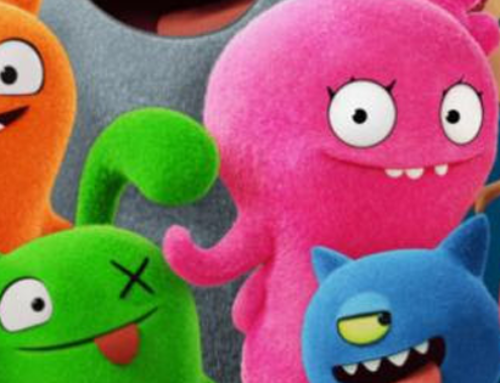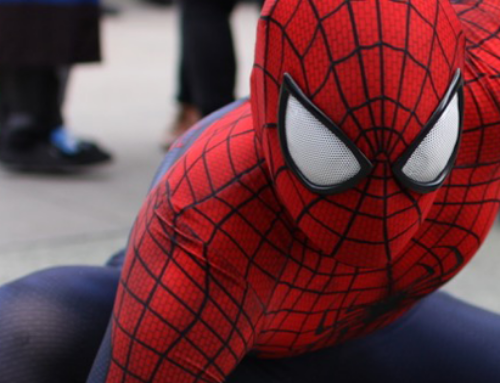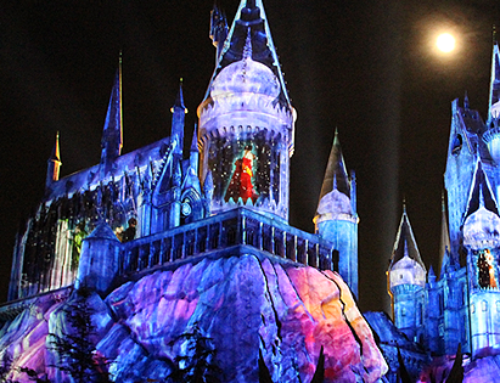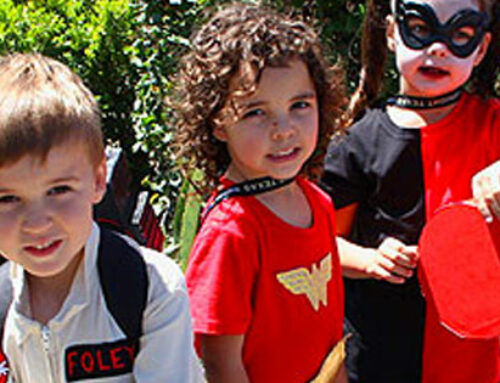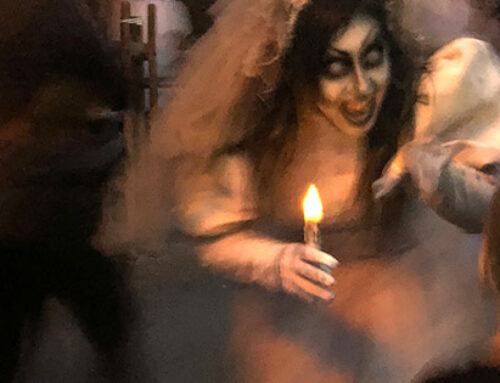 Amidst a crowd ranging in age from young children to grandparents Benjamin Dickow from the Columbia Memorial Space Center treated the Midsummer Scream audience to a demonstration of some Spooky Science. It was a wonderful mix of how to create fun effects as well as informing the guests about the how and why behind these basic but easy to do at home science experiments.
Amidst a crowd ranging in age from young children to grandparents Benjamin Dickow from the Columbia Memorial Space Center treated the Midsummer Scream audience to a demonstration of some Spooky Science. It was a wonderful mix of how to create fun effects as well as informing the guests about the how and why behind these basic but easy to do at home science experiments.
Dickow started out with basic dry ice, a staple of any Halloween bash. When he asked if anyone knew what dry ice was made of a few hands went up. Some people, myself included, shrunk in their seats as a youngster gave the answer. Dry ice is actually frozen carbon dioxide. I guess I should’ve paid more attention in my high school chemistry class.
Mix dry ice with just a little bit of warm water and you get a bubbling cauldron, various shaped beakers for a mad scientist set up or if you want something really jaw dropping add a large amount of dry ice to a swimming pool to create an eery fog. Add a little dish soap to your cup of colored water, drop in some dry ice and then you can have a jack-o-lantern that has foam dripping out of it’s toothy grin. Let your kids pop the tiny bubbles to observe the “smoke” that will puff out which is carbon dioxide that was trapped by the dish soap bubbles.
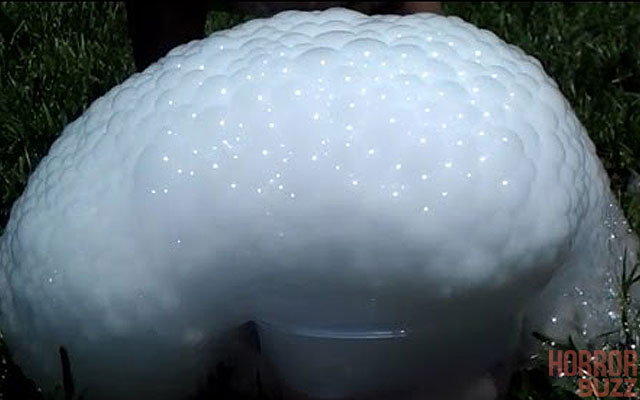 While he didn’t demonstrate it, Dickow did explain how to make “ghost bubbles” using the same dish soap, colored water and a tube. I found an excellent video on how to do it here. This will definitely be happening at my house this year!
While he didn’t demonstrate it, Dickow did explain how to make “ghost bubbles” using the same dish soap, colored water and a tube. I found an excellent video on how to do it here. This will definitely be happening at my house this year!
Who doesn’t like slime? Well, maybe the Ghostbusters but I know first hand that children of all ages love to play with slimy things. Start with a solution of polyvinyl alchol (PVA) and sodium tetrabromate (that’s science for borax), add it to some glitter glue then get your lab coat on and start stirring. You’ll quickly end up with snot looking slime that can be pulled and stretched.
Polyvinyl alcohol can also be used to make worms. Long thin slimy ones, short fat juicy ones…you know the rest. Using a small bottle (like a hand sanitizer size) squeeze the PVA into an invisible worm goo solution and watch science happen right before your eyes! As you squeeze out the PVA the reaction into the solution is instantaneous and will create worms! I could’t resist myself and had to touch those worms when the presentation was over. They were fun to play with and less creepy than your garden variety wriggly worms.
Dickow ended his presentation on a haunted note. He sprayed cheap glass cleaner on a paper and a mysterious picture appeared. Usually parents are trying to clean non commissioned paintings from their walls and windows, thanks to our kids. Now he has me wanting to paint my walls in phenolphthalein so I can impress my children and friends with my newfound chemistry knowledge.
Dickow has been involved in science education for over 20 years and it shows. His enthusiasm for science was contagious and his explanations were easy to understand. The Columbia Memorial Science Center located in Downey, CA is open all year long Tuesday through Saturday from 10-5 but be sure to make a point to visit him during their “Spooky Science Night” October 28th and 29th from 5-9pm. Guests will enjoy star gazing, spooky robotics club, a scary dark maze and super slime station. As well as “Escape from Space” an escape room adventure. After all that science you’ll need to satiate your tastebuds but don’t worry, food trucks will be onsite! The event is $5 but is free to CMSC members. www.columbiaspacescience.org

